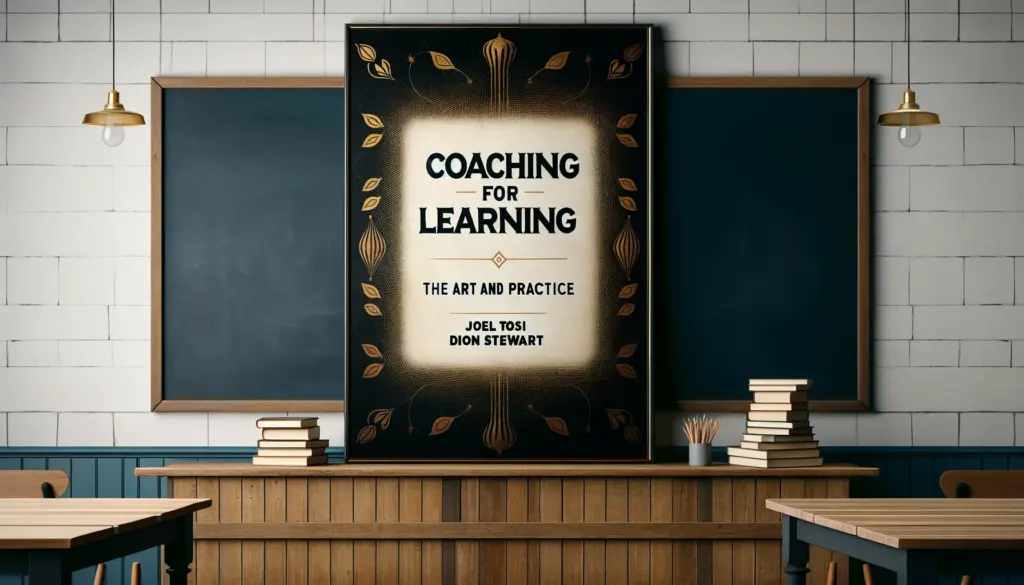We’ve long been interested in questions about the tech manager’s role in attracting, developing, and retaining talent, believing it to be one of the more critical aspects of a high performing tech company’s operations. To that end, we asked Stephanie McClellan, a Leadership and Development Partner, to tell our community about some of what she has learned while working at HubSpot.
Here are a few key takeaways from her presentation.
Get managers involved in providing exceptional employee experiences
While McClellan believes that there are other factors involved in ensuring employee satisfaction, it’s the care and quality of their direct manager that is significant when determining whether someone stays with a company.
It’s the reality. People don’t leave jobs, they leave managers.
– Stephanie McClellan | L&D Partner, HubSpot
She continues, “there are other things that people leave but, ultimately, people leave most of the time because of their manager. It is so important that we take this seriously. It doesn’t matter what role you’re in. I believe that the customer experience is equal to employee experience. Employees should be our most valuable customers. So we have to pay attention to what we’re doing as managers, as leaders, to make sure our employees are getting the experience that we want them to have.” In today’s competitive talent landscape, companies have to be more mindful of how their managers are playing a critical role that goes beyond just hiring and includes keeping employees inspired and engaged.
You don’t need high-tech strategies to create employee satisfaction
McClellan is a big proponent of thoughtful guides and templates that help managers better communicate with their employees, and which help employees offer constructive feedback to those supervising their work.
“So let’s talk about some of those strategies,” she said, “and this is going to sound so contradictory because we are a high-tech company. But these strategies I’m about to share with you are not rocket science. They’re low-tech, but they work. These strategies are all framed around what we call playbooks and guides. They’re onscreen resources that provide step-by-step guidance around a skill or process. The topic could be on a training that an employee just went through, or it could be on team process. These are reusable tools or conversation guides that managers have access to, and they can give their employees access to whatever pieces make most sense and leverage them alongside their employees to help them move forward faster. They’re also living resources that are easily updated. They’re created in Google slides for real-time updates.” Having these resources be fluid keeps up with the needs of individual employees, but overall, the demands of fast-moving workforce.
Keep in-demand resources in a single, centralized location
Before working at HubSpot, McClellan was used to working with a variety of tools on several different platforms. She has come to prefer Google Drive, however, for the fact that it collects these resources in a single location.
“When I first came to HubSpot, I had never really used Drive. I was a SharePoint girl, and that was just the way it was. Well, let me just tell you that my eyes have been opened to a lot of things. A lot of what we create, our slides, playbooks, and guides, are visual. They combine images and words, and they’re organized for easy reference. And they’re easy to retain. Now, you might be asking why we don’t create more sophisticated eLearning? Why don’t we serve this in a very high-tech way? Speaking personally, sometimes I don’t want to log into four systems to get to a piece of content. And then I don’t want to sit through a 30-minute eLearning course.” It’s clear that leading companies are mindful of tool fatigue and the cumulative friction that comes with non-integrated systems.
Embrace scary conversations about career growth
McClellan believes that most managers feel unequipped to mentor their direct reports and guide their career trajectories. This is a problem, negatively impacting employee retention.
“Managers are taught to be managers,” she said. “They’re taught to get the work done. But this whole career growth conversation thing, I think it scares managers. There’s no playbook for it, so the results may not feel genuine. They may feel unclear or diluted. From my personal experience, the biggest obstacle with career growth conversations is that managers don’t know how to do it, and they’re afraid that if they do have it then they will discover that they don’t have any positions for this person to grow into or step into. So then that person is going to leave, or they’re going to say that they can’t get what they need here. Managers, then, don’t want to have that conversation. They don’t want to lose resources. But I think we need to be having these conversations.”
Employees need help with their careers. They need guidance. They need coaching. They need a sounding board for those conversations.
– Stephanie McClellan | L&D Partner, HubSpot
McClellan proudly pointed out that HubSpot is different in this regard. “Here’s what we do at HubSpot,” she explained. Growth conversations are super important. And we use those low-tech tools that I was just talking about to serve those conversations up and help managers facilitate them. We help them identify the right questions to ask, and then we connect them with their HR business partner for support. We check in on the employee and ask how they’re feeling about their work. We ask what they love and what they hate. We ask what they want more of. We want managers to understand their employee’s career interests and build trust. To that end, this kind of conversation is huge.”
Growth opportunities may not be available right now (and that’s ok)
Many managers avoid career conversations with their direct reports because they know the company doesn’t have the right growth opportunities. This is a common phenomenon, according to McClellan, but it is not a reason to avoid these interactions.
“What does a manager do,” she asked, “when there are no growth opportunities for their staff? This is nothing new because it happens in every career. In every job I’ve been in, there have always been spaces where there is nothing next, where there’s nowhere to go beyond that role. I think managers can still have a conversation about growing in place, about what they can do to help their employees either level up or stretch their skills, and take greater leadership roles so that they feel like they’re growing.”
Three keys for proving these tools work
Finally, McClellan laid out the means of tracking the success of the tools she uses for facilitating these conversations. Here are the three things Hubspot does.
Upward feedback surveys
McClellan expands, they’re tweaked just a little bit each year, depending on what we’re doing globally across the organization. But essentially, they are a way to give feedback to managers that is anonymous and is focused on strengths and growth opportunities. They are a way for employees to say, ‘Hey, you’re hitting the mark. I feel good about my development; I feel good about all the things that are happening’. Or, maybe instead, it’s, ‘hey, I’m not feeling good about this.’ So upward feedback surveys are a great way to gauge whether these development strategies are working.
Performance tracking
This is a straightforward one. HubSpot will observe whether we’re leveraging suggested templates and documents to drive impact.
Stakeholder check-in
This is really important because it keeps people from simply relying on their own eyes and observations. McClellan mentions, “we ask stakeholders, ‘How’s this person showing up in the areas they were working on? What are you noticing? Give us descriptions and details about what you’re seeing, about your impressions, your personal evaluations.’”
We were privileged to host Stephanie McClellan for this chat. She shared so much insight and wisdom about encouraging career growth and ensuring that an organization is doing everything in its power to grow and retain its workforce. She gave so many incredible examples of guides and templates that are sure to be an asset to any organization.







